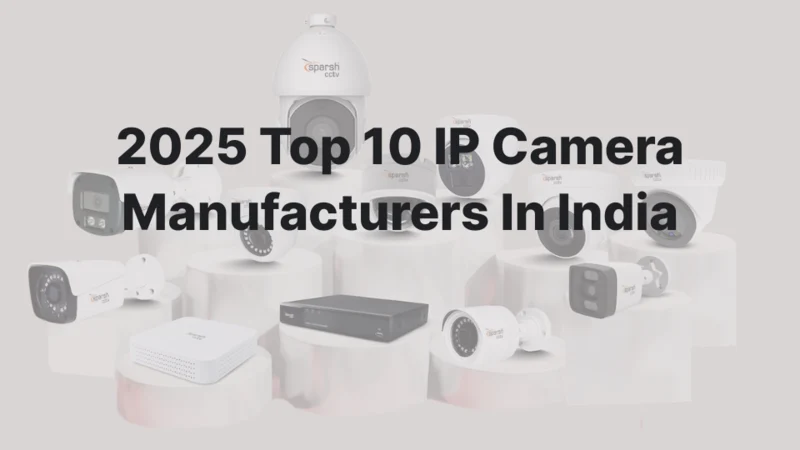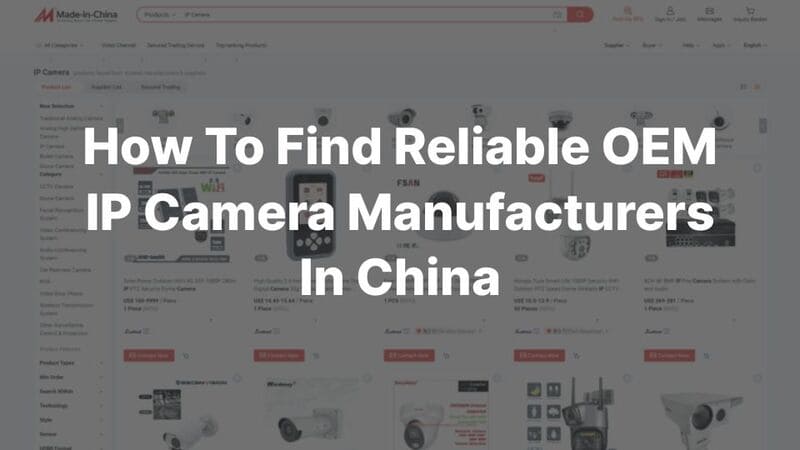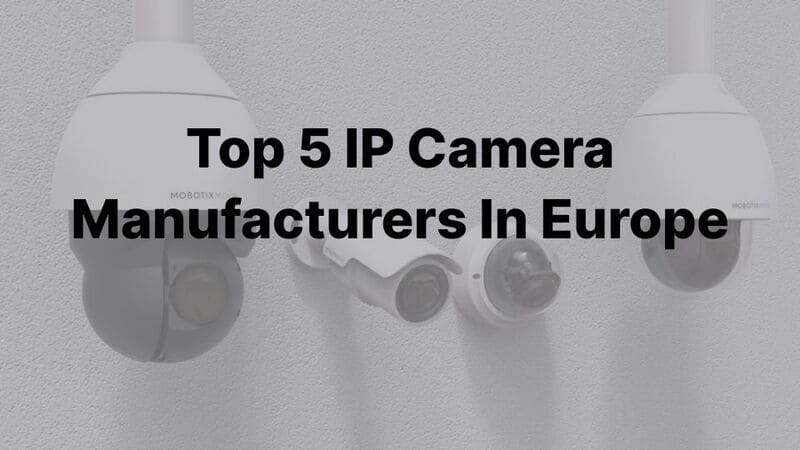Arlo vs Ring cameras represent the pinnacle of home security systems, yet choosing between them demands careful evaluation of 7 decisive factors. This comprehensive comparison analyzes video resolution (4K vs 1080p), smart feature integration, subscription costs, DIY installation complexity, power flexibility, data privacy protocols, and support reliability.
While both deliver robust protection, Arlo cameras excel in cutting-edge imaging and user-centric data security, whereas Ring cameras dominate with ecosystem scalability and 24/7 professional monitoring. We dissect critical trade-offs—from motion detection algorithms to weather resilience—using temperature performance data (-5°F to 118°F) and compression benchmarks. Whether prioritizing Arlo’s 180° FOV or Ring’s radar-based sensing, our data-driven guide equips you to select the optimal system.
As China’s leading icsee camera OEM manufacturer, icseecam provides uniquely qualified insights into these technologies.
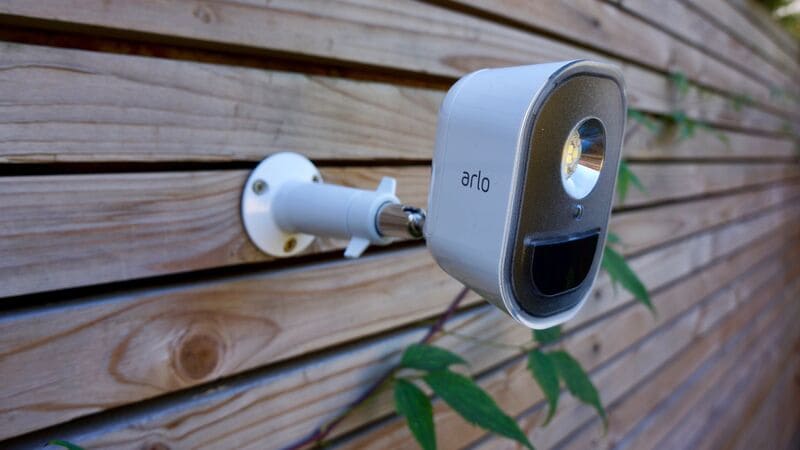
Video Quality: Resolution, Field of View, and Advanced Features
Video quality is crucial when choosing between Arlo vs Ring cameras. Key factors include resolution, frame rate, field of view, and advanced imaging technologies.
Resolution Comparison: Arlo vs Ring cameras
Arlo generally offers higher resolution options, including 4K in premium models and 2K (1944×1944) with a wide picture in its Video Doorbell.
Ring’s top doorbells reach 1536p, though most models utilize reliable 1080p HD. The Ring Battery Doorbell Plus employs lighter video compression, potentially enhancing perceived quality despite a lower stated resolution. Entry-level 720p options exist from both brands but may lack clarity, especially at night. Mid-range models like the Ring Stick Up Cam, Arlo Pro 2, and the Ring Spotlight Cam (featuring a built-in spotlight for improved night visibility) offer dependable 1080p performance.
Frame Rate and Field of View
The Arlo Video Doorbell captures smoother video at 24 frames per second (fps), compared to the Ring Pro’s 15 fps, which can blur fast motion. For coverage, the Arlo Video Doorbell provides a wider 180-degree field of view, significantly reducing blind spots for clearer views of packages and visitors. The Ring Pro offers a 160-degree field of view.
Advanced Video Features
Arlo cameras often include advanced features like facial recognition and person detection for smarter alerts. HDR (High Dynamic Range) is common on many Arlo models, providing an advantage in challenging lighting with mixed brightness or strong shadows. Ring emphasizes sophisticated motion detection, including 3D and radar-based options, for potentially more accurate intruder identification. Both brands deliver dependable night vision, with higher-resolution cameras typically performing better in low light.
Compression, Audio, and Overall Quality
While Arlo specs are often impressive, Ring’s lighter video compression can result in fewer image artifacts and better practical clarity in everyday use. Audio quality is consistently high for both brands with minimal distortion, though Arlo microphones may capture sound more effectively over longer distances.
For top resolution, widest views, and advanced detection features like HDR or facial recognition, Arlo is recommended. Ring excels in practical video quality, strong motion detection technology, and efficient video compression. Both deliver reliable night vision and clear audio, ensuring good visual and sound performance regardless of choice.
Smart Features and Home Integration: Arlo vs Ring cameras
Arlo and Ring offer robust smart features and home integrations, but cater to different priorities within home security ecosystems.
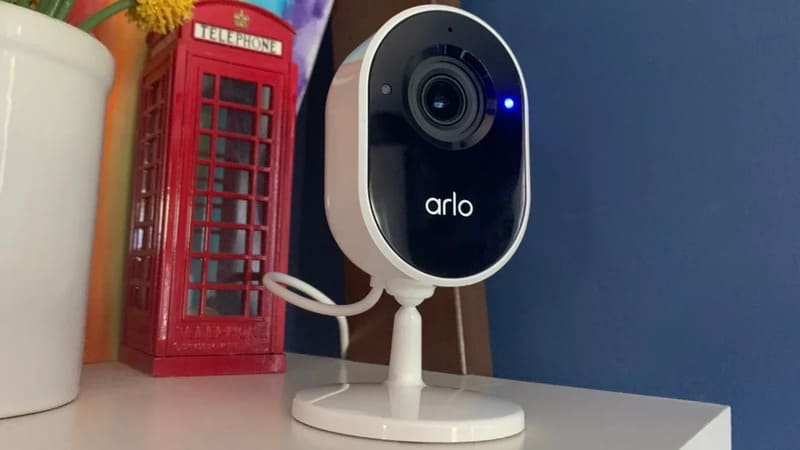
Arlo Smart Features & Integration
Arlo emphasizes advanced imaging and AI capabilities, including 4K HDR video, facial recognition, and detection for people, packages, and vehicles. Key features include a 180° ultra-wide field of view, color night vision, and up to 12x digital zoom.
However, most advanced AI features like facial recognition and custom activity zones require the Arlo Secure subscription ($12.99/month for 30-day storage and smart alerts). Arlo integrates with Alexa, Google Assistant, and Apple HomeKit, offering flexible wireless or solar panel power options.
Ring Smart Features & Integration
Ring functions as a comprehensive home security system beyond cameras. Core features like motion alerts (including newer 3D/radar-based detection), HD video (up to 1080p), color night vision, and two-way talk are accessible without extra fees, though cloud storage requires a subscription. The system integrates entry sensors, motion detectors, and a central hub for broader home protection.
Ring excels with Amazon Alexa integration and offers the Protect Plus plan ($10/month covering all devices with 60-day storage). A significant differentiator is the optional 24/7 professional monitoring service, unavailable with Arlo. Cameras offer a 140° view and wired or wireless power.
Key Differentiators
Arlo: Best for top-tier video tech (4K HDR, wide view) and advanced AI detection, though often subscription-dependent. Offers broader voice assistant compatibility (Alexa, Google, HomeKit).
Ring: Excels as a full security ecosystem with included core features, lower-cost subscription, seamless Alexa integration, and unique professional monitoring. Focuses on practical, integrated home protection.
Pricing and Value: Comparing Arlo vs Ring Cameras Costs
Equipment costs and subscription fees significantly impact the overall value proposition of Arlo vs Ring cameras.
Equipment Costs
Ring cameras generally offer lower upfront pricing, with most models ranging from $60 to $150. Key examples include the Ring Spotlight Cam Plus at $169.99 and doorbell cameras starting from $99–$199. Adding extra cameras typically costs $179–$249 each.
Arlo positions itself as a premium brand, with cameras ranging from $150 to $300 (e.g., Arlo Pro 5S 2K at $179.99). Building a comprehensive Arlo system, especially with all-in-one sensors, incurs higher initial investment.
Subscription Plans
Ring:
Protect Basic: $3/month or $30/year (1 camera, 60-day storage)
Protect Plus: $10/month or $100/year (Unlimited cameras at one location, 60-day storage). Add professional monitoring for $10/month.
Other tiers: Basic ($4.99), Standard ($9.99), Premium ($19.99)
Arlo:
Secure Basic: $7.99/month (Single camera) or $12.99/month (Unlimited cameras)
Plus Plan: $17.99/month
Premium Plan: $24.99/month (Includes professional monitoring)
Other tiers: Total Security Starter ($9.99), Essential Video ($19.99), Advanced Video ($29.99)
Annual Costs & Value Analysis
Annual plan entry points start lower for Ring (~$49.99/year) compared to Arlo (~$99.96/year). Ring generally presents better long-term value, particularly for full-home coverage, due to lower equipment costs and more affordable subscription tiers. While Arlo’s cloud storage starts slightly lower ($2.99/month vs Ring’s $3.00/month), Ring’s overall package costs less. Ring also maintains solid build quality despite its lower price point.
Installation Comparison: Arlo vs Ring Cameras Setup
Ease of installation is a key factor when choosing between Arlo and Ring security systems. This comparison covers mounting, power, setup process, durability, and hardware integration.
Mounting Options
Ring: Offers versatile mounting: Flush mount for doorbells/peepholes, surface mount (flat base) for indoor/stick-up cams allowing tilt adjustment, and a secure, adjustable ball mount for spotlight/floodlight models.
Arlo: Primarily utilizes magnetic brackets, enabling quick, tool-free installation typically without heavy drilling or wall screws.
Power Requirements
Both brands provide flexibility. Arlo cameras like the Ultra 2 feature long-lasting rechargeable batteries (~6 months per charge). Ring models vary, with options like the Floodlight Cam Pro requiring a hardwired electrical connection. Battery-powered and hardwired choices exist across both lines to suit diverse home setups.
DIY Installation & Weather Resistance
Both Arlo and Ring systems are designed for straightforward DIY installation, eliminating the need for professional technicians and associated fees. Their outdoor cameras are built for all-weather resilience, operating reliably in temperatures ranging from -5°F to 118°F, making them suitable for most climates and exterior placements.
Hub Integration & Additional Hardware
Hub/Integration: Arlo cameras can integrate with a SmartThings hub for broader smart home compatibility. Ring utilizes Z-Wave hub technology for home automation and connects with other smart devices.
Additional Hardware: Building a comprehensive Ring system typically requires installing separate sensors for windows, doors, or environmental monitoring. Arlo employs an all-in-one sensor design, potentially reducing the number of individual devices needed. For local storage with Arlo, optional SD cards (not included) are required.
Power and Connectivity: Arlo vs Ring Cameras Systems

Power sources and connectivity are crucial factors when choosing between Arlo and Ring security cameras. Key differences impact flexibility and placement.
Battery Power & Charging
Both brands offer wireless, battery-powered models for flexible installation in areas without power outlets. Solar panel compatibility provides sustainable, continuous charging across all battery-powered cameras from both lines. Ring features a detachable battery design with a dedicated lock/unlock mechanism for easy access and quick swaps. Arlo and Ring both utilize magnetic charging systems for secure and convenient power connections.
Connectivity & Setup
A reliable WiFi network is essential for both systems. Their setup processes are nearly identical: unbox the camera, connect to WiFi via the respective smartphone app, and follow on-screen instructions for installation.
Mounting & Design
Mounting: Both include threaded inserts for secure hardware mounting. Ring offers greater tabletop placement flexibility, especially beneficial for indoor monitoring. Arlo focuses more on optimized wall-mounted solutions for permanent, secure positioning.
Design: Ring’s standout feature is its easily accessible battery compartment. Arlo emphasizes robust mounting hardware for stability.
Power Considerations & Usage
Cameras are suitable for indoor/outdoor use, though specific power requirements vary by model. Higher-resolution Arlo models (e.g., 4K cameras) consume more power, potentially requiring more frequent charging. Actual battery life for both brands depends heavily on usage patterns and specific camera models.
Privacy and Security: Arlo vs Ring Cameras Data Protection
Critical differences in privacy practices and security history distinguish Arlo and Ring, significantly impacting user choice.
Security History
Arlo: Maintains a strong reputation for device security with robust encryption and few reported vulnerabilities. While discontinuing support for older models (e.g., Gen 3) poses potential risks, its overall security track record is considered top-tier.
Ring: Faced significant past incidents, including a $30 million Amazon settlement related to privacy violations and previous police access to user videos (policy since changed). These events raise ongoing concerns despite security improvements.
Data Policies & Privacy Controls
Arlo: Prioritizes user privacy with a transparent policy. Data sharing requires legal orders or explicit user consent. Features like facial recognition, person/package/vehicle detection, and customizable motion zones (often subscription-based) minimize unnecessary data collection and false alerts.
Ring: Enhanced protocols exist, yet historical data leaks and Amazon’s broader data governance remain considerations. Basic motion zones and privacy settings are free, but advanced features and cloud storage typically require a subscription.
Key Differentiators
Arlo leads in privacy commitment, transparency, and proactive data minimization features. Ring, despite improvements, contends with its past record and Amazon integration. Subscription requirements apply to advanced privacy controls on both platforms.
Support and Customer Service: Arlo vs Ring Cameras
Understanding support differences is crucial when choosing a home security camera system.
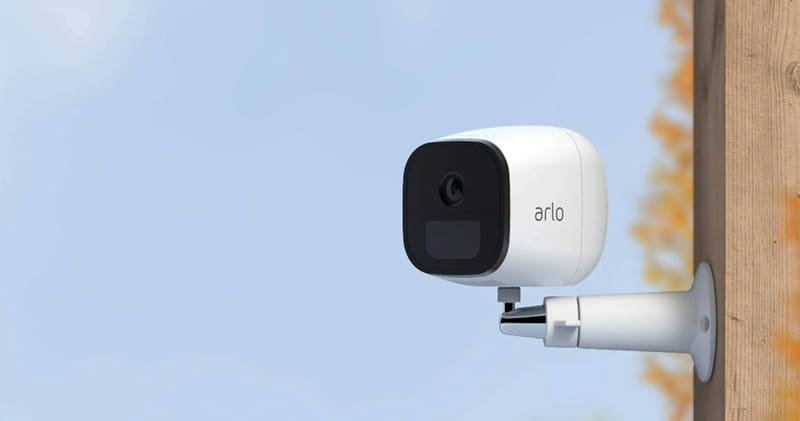
Arlo Support
Offers a comprehensive online support center (FAQs, tutorials, community forum) and free live chat. Phone support is free for the first 90 days with base packages but requires a paid subscription thereafter. Hardware warranty is one year.
- Strengths: Highly rated support quality, excellent self-help resources, fast live chat, premium support included with paid plans, strong privacy/security transparency.
- Weaknesses: Potential upselling, variable support experiences reported, limited phone access without a premium plan after 90 days.
Ring Support
Provides 24/7 customer service via phone, live chat, and email, backed by a detailed Help Center and community forum. Hardware warranty is one year.
- Strengths: Always-available phone support, thorough self-service resources, potential for quick device replacements, multiple contact channels.
- Weaknesses: Mixed reviews on support effectiveness and personalization, lingering user caution due to past privacy issues.
Ultimately, Arlo shines for tech enthusiasts seeking premium imaging (4K/HDR) and stringent data privacy, while Ring delivers unparalleled value through its expandable ecosystem and 24/7 monitoring. Your ideal choice depends on whether camera sophistication (Arlo) or whole-home integration (Ring) aligns with security priorities.
As China’s premier OEM manufacturer of icsee cameras, icseecam leverages decades of precision engineering to empower industry innovators. We understand the critical balance between performance and reliability that defines elite home security. Still uncertain which system fits your needs? Contact icseecam for expert guidance drawn from 15,000+ successful OEM implementations and explore how our manufacturing excellence can elevate your security solutions.


